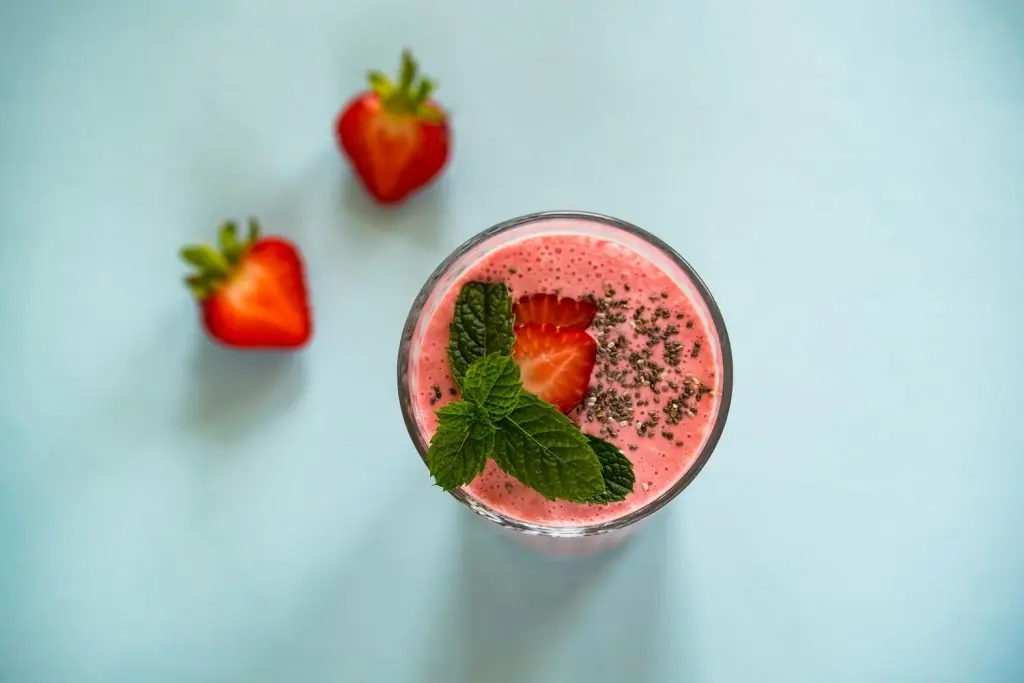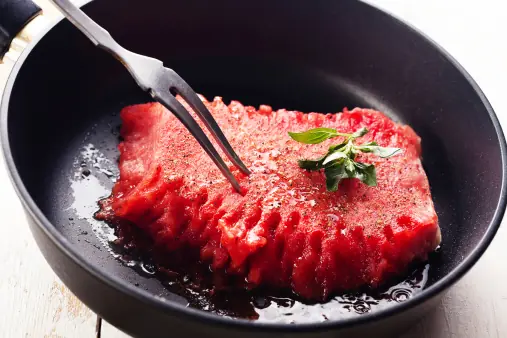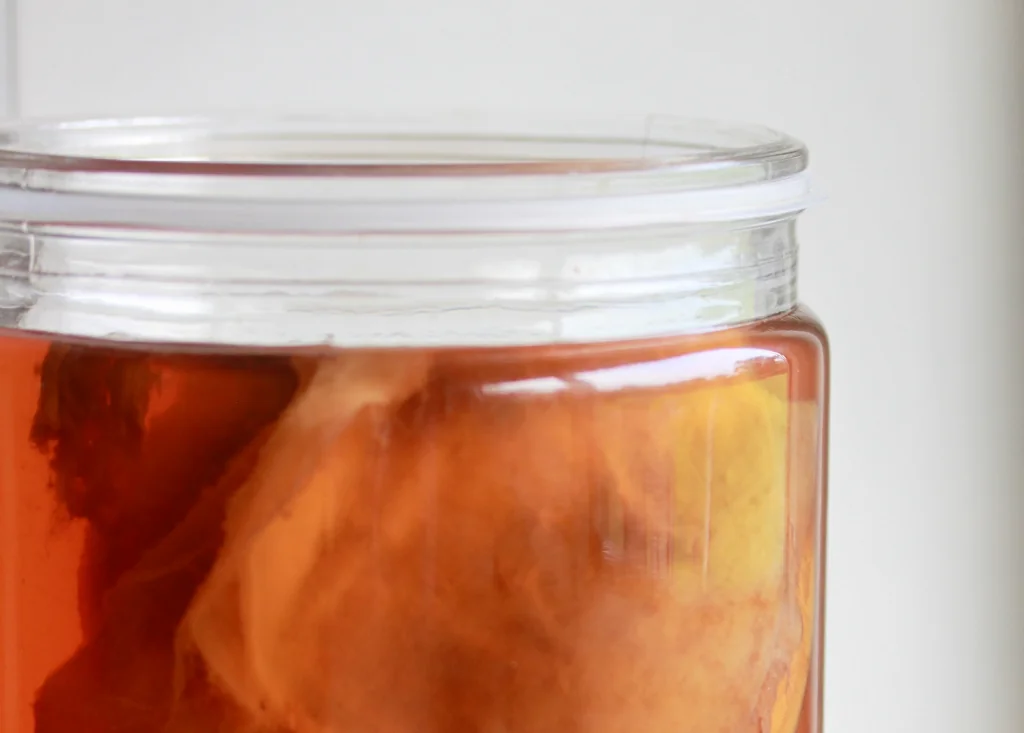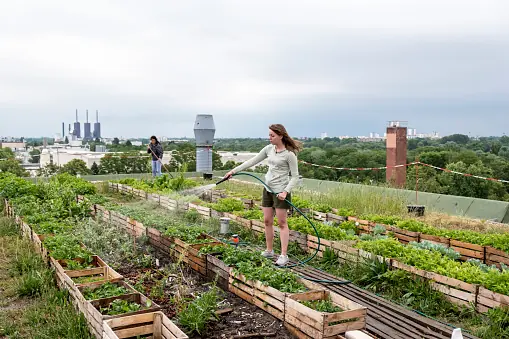Summer 2020 Food & Beverage Trends
By Ellen Smith, Senior Editor & Mishal Omar, Managing Insights Editor at Trend Hunter
What first comes to mind when thinking about summer food trends is fresh ingredients, time spent outdoors, and working towards personal wellness goals? As temperatures start to rise, our forecast for this summer’s food and beverage trends include these classic summer staples with a twist.
Ready-Made Smoothies
Other than flavour, there are two things that are extremely important to busy consumers when they’re considering what to incorporate into their diets—health and convenience. Those two benefits aren’t always compatible with each other—but they are in the ready-made smoothie trend that’s popping up this summer. Everything from smoothie cubes and mixes to deliveries are making the process of consuming these fruit and vegetable beverages easier—without sacrificing time in consumers’ daily routines.

The nutrient-packed Ready-to-Make smoothies from The Daily Harvest extend the convenience of enjoying a smoothie to its preparation, appealing to the health conscious consumer with a busy schedule. The pre-made beverages can be poured into a blender with the accompanying liquid of users’ choosing, making for a seamless addition to their wellness routines. This brand’s smoothie selection was curated with the modern foodie in mind, boasting offerings such as Cacao + Avocado or Pineapple + Matcha.
Glitter Cocktails
In the more playful upcoming summer food trends are “glitter cocktails”—alcoholic beverages that contain edible glitter. This trend is especially appealing to Millennials and Gen Z, who often make purchase decisions based on aesthetic. Focusing on “shareable” content that can be translated well to their social media platforms, these younger demographics are motivated to buy products that are aligned with their preference for playful branding and imagery.

Target’s raspberry wine fizzers help to elevate any beverage, appealing younger demographics’ love for unique food experiences. These pink powder balls are filled with edible glitter, and release a pink hue once dispensed in the drink. This, coupled with the fizz created from the powder dissolving, makes for a multi-sensory experience that adds a touch of interactivity to any occasion. The drinker can enjoy the new shimmering pink hue of the beverage, while
indulging in the raspberry flavoring of the concoction.
Fruit & CBD
The expanding cannabis industry in Canada has drawn attention from both enthusiasts and beginners to the recreational and medicinal plant. The casual integration of CBD and other cannabis properties into a range of items is now true for fruit-mixes as well—everything from fresh fruit juice shots to elixirs are incorporating CBD or hemp oil for their purported anti-inflammatory, anxiety relief, and pain relief properties.
As Canadians become accustomed to incorporating cannabis into their lifestyles, brands in this space are making the process easier by pre-infusing it for them in summer-ready drinks. Floyd’s Chillin Cherries are a perfect example of the unique confections brands will offer consumers as a means of conveniently adding cannabis to their diets. These infused cherries contain active hemp extract with no trace of THC, meaning drinkers can enjoy the health benefits without experiencing any psychoactive elements.

The nature of these drink-ready maraschino cherries allows consumers to relax with a non-alcoholic beverage, or to upgrade any cocktail they’re enjoying. As always, establishments should consult and adhere to cannabis legislation in their respective municipalities and provinces.
Watermelon Substitutes
“Alternatives” are extremely common today, with a range of products now utilizing dairy or meat-mimicking ingredients—and the next big alternative ingredient is watermelon.
Perfect for summer, watermelon-based substitutes are used to mimic everything from steak to tuna in vegan or vegetarian dishes. These substitutes pique consumer interest because of their novelty, while also being viable alternatives for people with dietary restrictions.

The classic summer fruit is proving to be as versatile as ever as Duck’s Eatery in New York City’s trendy East Village introduced a watermelon ham that set the Internet abuzz. This off-the-menu vegan substitute is prepared from bringing slices of watermelon for four days in a blend of salt, ash, and spices and then smoking it for eight hours. According to the chef, the final product mimics the look and texture of meat, offering diners a novelty menu item that will leave them satisfied.
Kombucha-Infused
Kombucha is an ideal summer beverage for health-conscious consumers, but this year we’ll see more fusions of the fermented drink in the food space. This trend can be observed, in part, because today’s consumer is increasingly interested in food experimentation, as the rise of “foodie” culture has brought on more diverse and unique experiences in the food industry. Now seen in everything from hot sauce to muesli, the combining of kombucha in food items speaks to consumers’ desire for distinct hybrid dishes and snacks.

Sweetened by the taste of kombucha, JuneShine’s Booch-BQ offers an unconventional twist on a classic summer condiment. The sauce was created in collaboration between the kombucha brand, celebrity chef Spike Mendelsohn and former Iron Chef contestant Michael Colletti, resulting in an unsurprisingly unique creation. The updated sauce boasts a flavor profile that’s described as “sweet, sticky, smoky and a little spicy,” largely due to the infusion of JuneShine’s kombucha, which is prepared with organic honey and green tea. This unconventional hot sauce was brought to Austin, Texas, as its world-renowned barbecue cuisine and official city slogan of “Keep Austin Weird” perfectly accompany the quirky update on the classic condiment.
Farming Network
In today’s cities, population growth, traffic, competitive professional lifestyles and other stressors have made it so that globally—self-reported feelings of loneliness are higher than ever. What does effectively combat this issue is community centers and spaces where people can interact with each other and nature. With these issues have come urban-based local farming initiatives that bring communities together, and allow for peer-to-peer food exchanges. These spaces offer urban dwellers a sense of purpose and escapism and perfectly align with consumers’ desire to spend time outdoors in the summer.

These local initiatives are perfectly exemplified through Toronto’s ‘DropFruit,’ a peer-to-peer produce network that allows residents to shop and sell homegrown fruits and vegetables. Users can pay to access produce cultivated from local growers, while growers are able to make money from the food they produce. The Drop-Fruit app features a subscription-style payment model that charges only a small fee, uplifting the community through connection and healthy eating.









